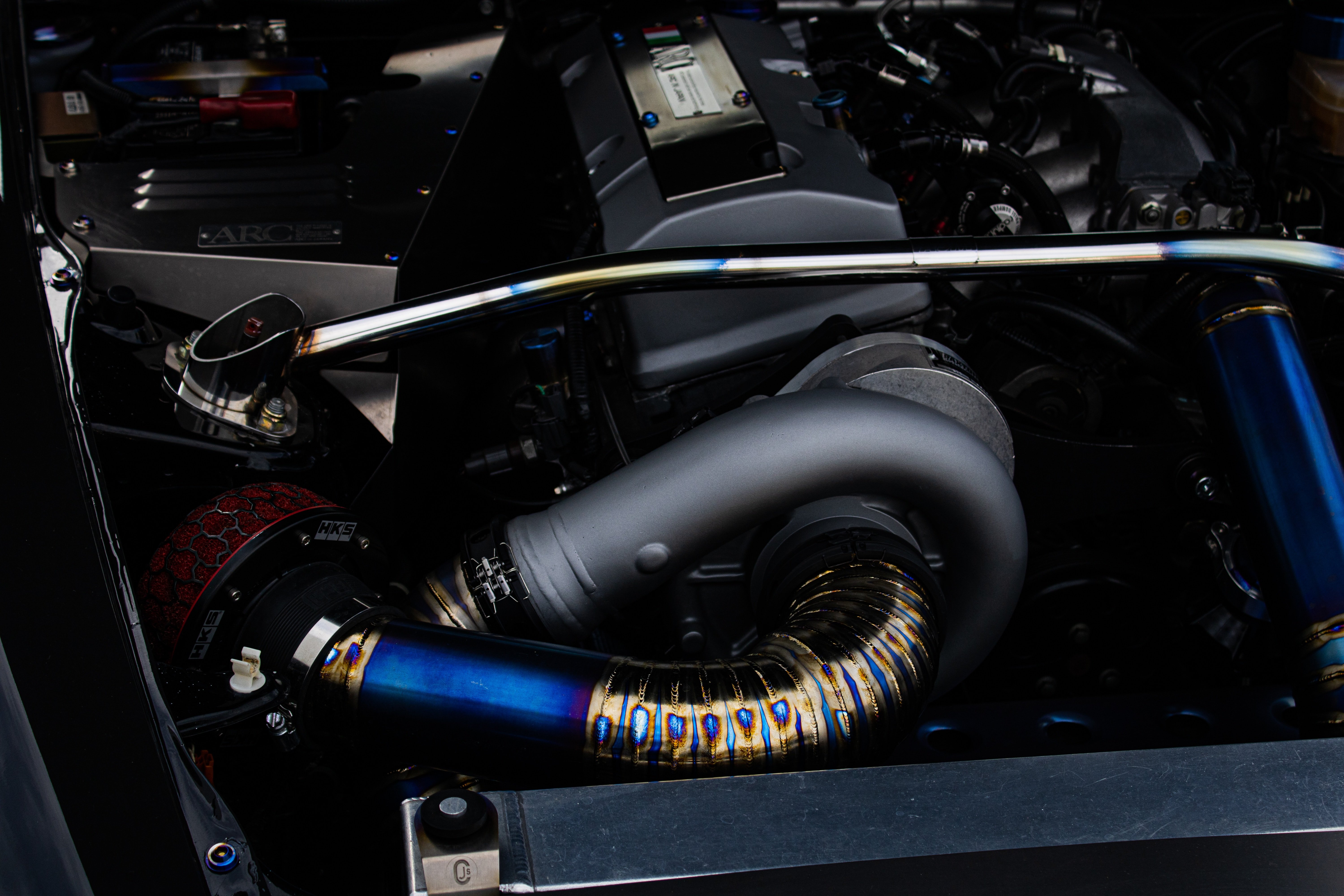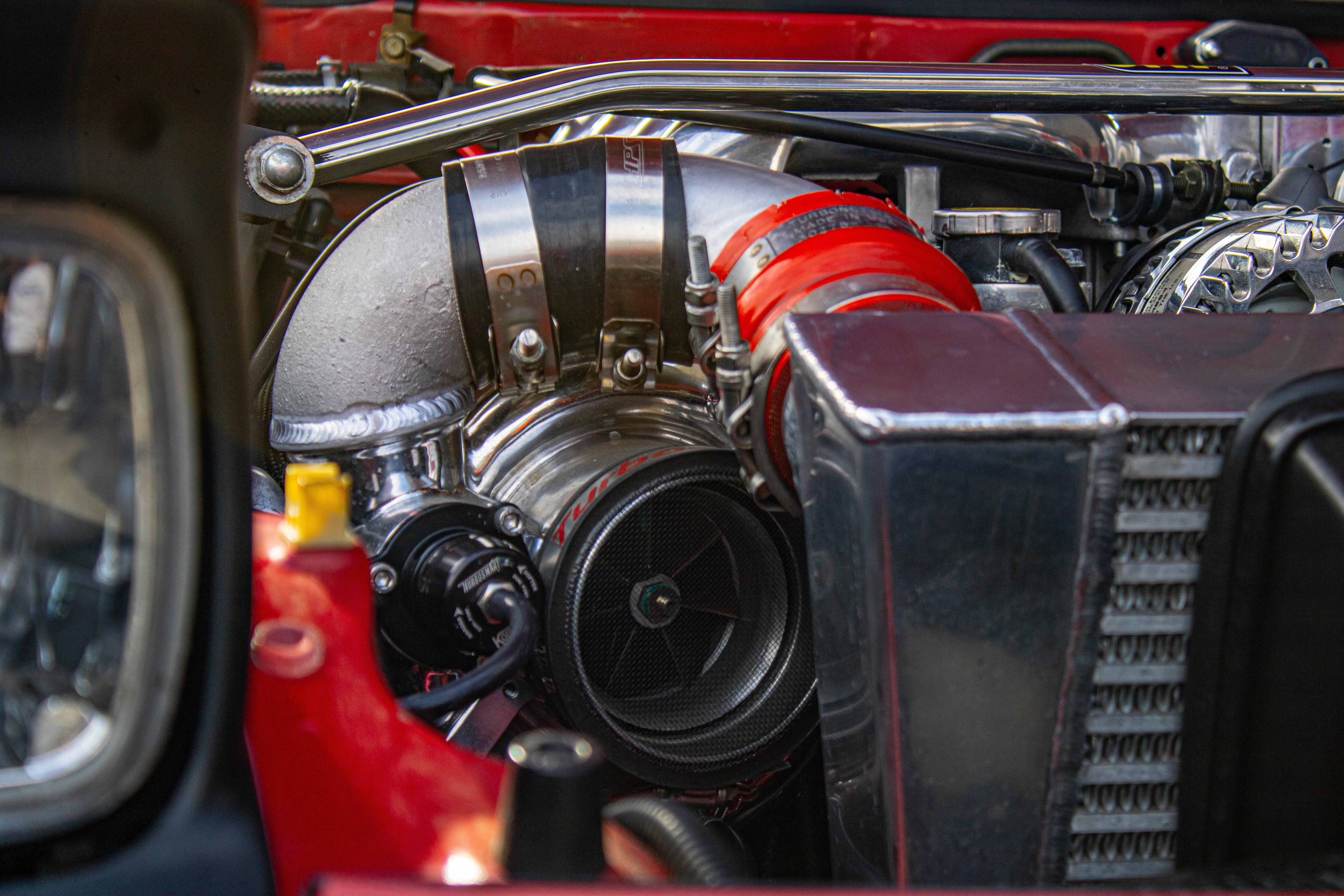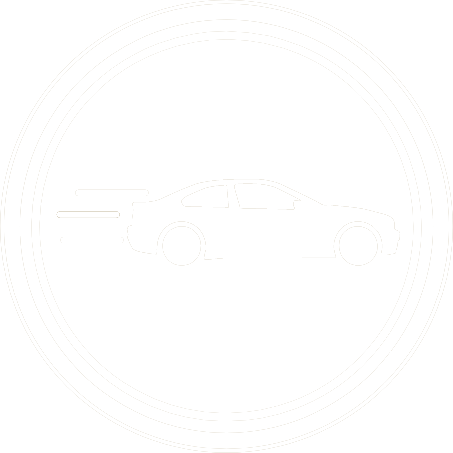Things to know if you want to turbo-charge your car.
Many petrolheads enjoy the roar of a V8, the shouting of a V12 and the flutter of a turbo. However, installing a Spinney boi is more complicated than just slapping the turbo on.
Let's look at what you need to do to install a turbo in your N/A car.

1: Find the perfect match
The first thing you have to do is find your Spinney boi. Now you can't just slap any turbo on your car, it has to be the right match. If the turbo you're looking to install is too big for your engine, you'll have heaps of turbo lag. Conversely, go too small, you won't reach the optimal output. So matching expectations with reality is paramount.
2: Fuel system upgrades
Upgraded fuel injectors and fuel pumps for more fuel are integral to the installation. Without the additional upgrades needed, the potential of the turbo will remain dormant.
3: Intercooler
An intercooler is needed for a turbo-charged car as the turbo uses exhaust gasses and those gasses need to be cooled and the intercooler does just that; then pushes the cooled air back into the engine. The intercooler size, of course, depends on the turbo size.
4: Component checks
You have to do various checks to ensure that your header and exhaust manifold can handle the extra load on the engine. If not, it could lead to component failure. Additionally, you have to ensure the internal components like the crankshaft, conrods and pistons are strong enough to handle the extra oomph. Otherwise, this will be a very expensive endeavour.

5: Lower the compression ratio.
Because the air-fuel mixture will be much richer, the compression ratio needs to be adjusted to accommodate this. Failure to do so could lead to issues like pre-detonation, pre-ignition, overheating and stress or failure on internal components. Which will lead to a hefty bill.
6: Mapping
There's no point in having done all this work and installed all these fancy components when you're not telling the car's brain what to do with all this extra power and extra fuel. An ECU is needed, an aftermarket ECU can be set up as you like and is usually done on a dyno.
7: Lubricants
For the turbo to operate at its peak efficiency, you'll require new or different oil (replacing your oil is never a bad idea anyway). However, this can be tricky, as the oil that suits the turbo might not be suitable for the engine. Additional research might be needed to find an appropriate replacement.
8: Oil and Water to turbo feed.
Lubrication and cooling are needed or it'll blow up in a hot pile of sadness. The oil feed line can be connected directly from the block (depending on the engine there is a bolt that needs to be undone) or from the oil filter. The water line is run from the thermostat housing where both the water lines connect.
Overall, a turbo is a great addition to any car, but it needs to be done properly otherwise it'll be a sad day. Remember to always drive safely and responsibly on the road.
Lu-Allen Kruger- proudly ChangeCars











